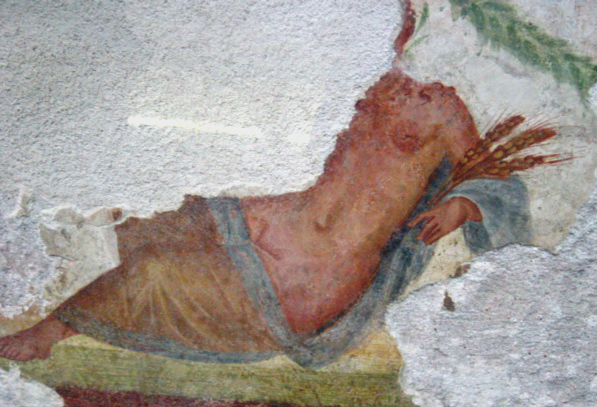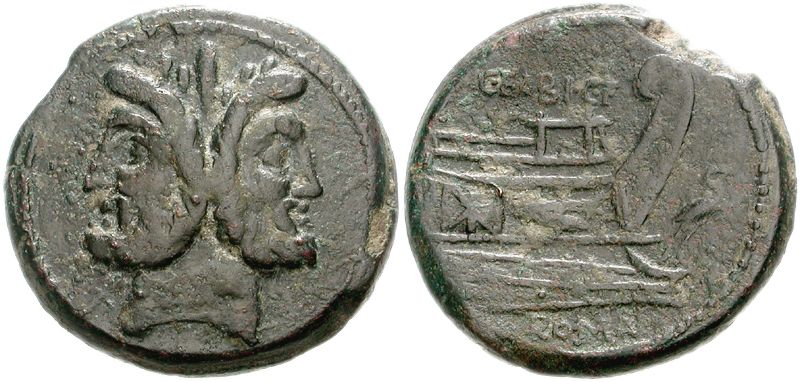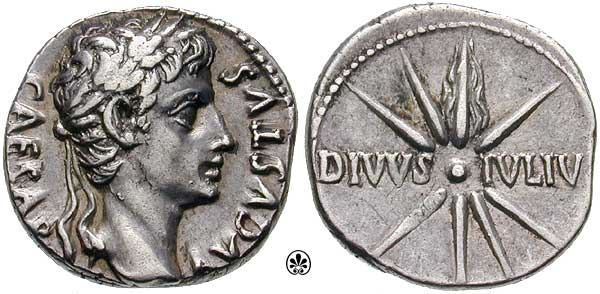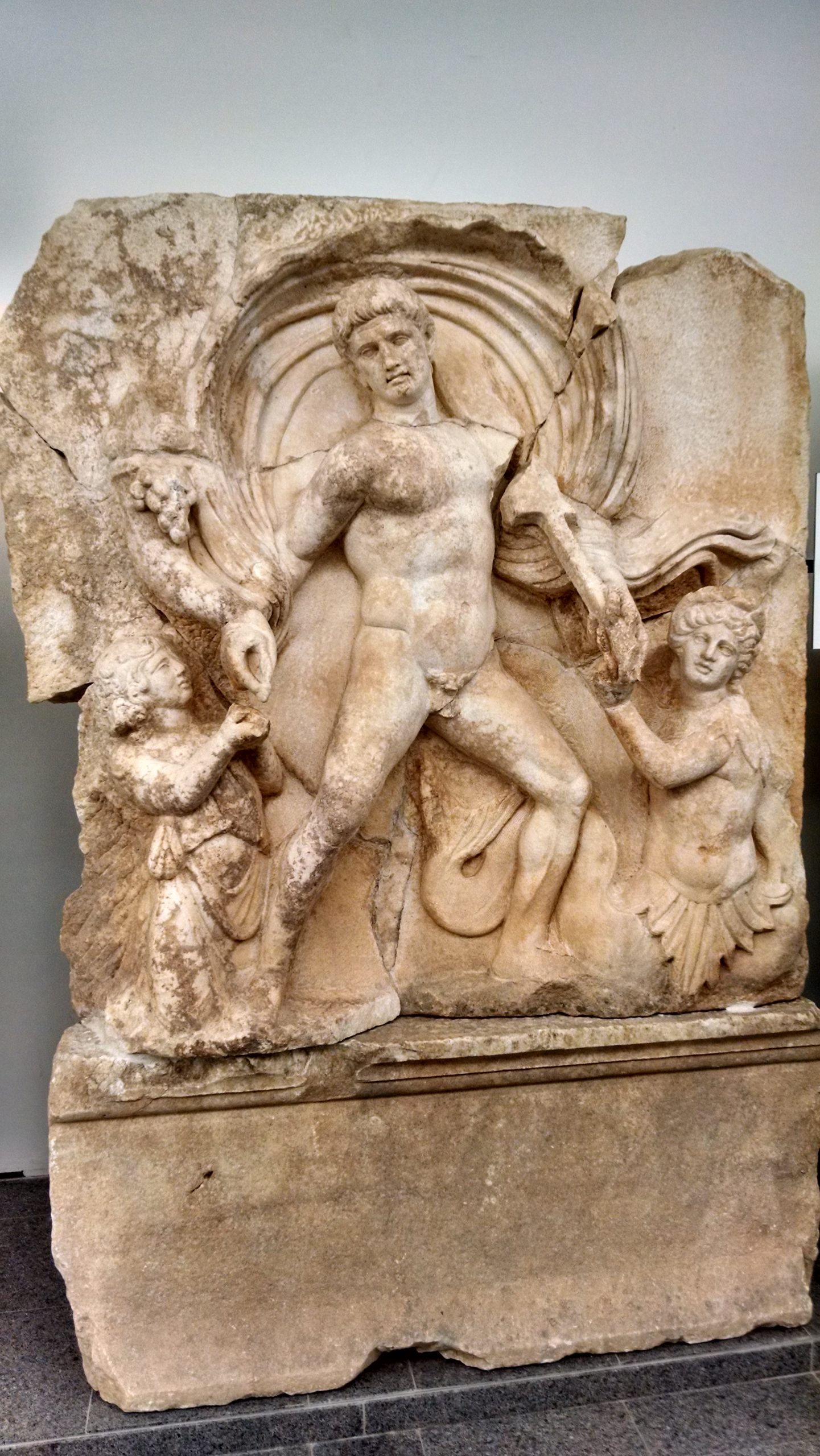Roman Gods and Heroes
35 Roman Gods

All of the major Greek gods had their Roman counterparts. Sometimes these gods were only different in name (if even that– the god Apollo is consistent in Greek and Roman culture), and other times the Roman version of the god might be more or less significant than the Greek version of the deity, or have a host of different attributes. An example of this difference can be seen in the god Ares/Mars. Ares was something of a minor god for the Greeks, while for the Romans he was one of the most important deities. He was the father of Romulus and Remus and was very important to the Roman’s self-conception as a formidable military power in the Mediterranean (see the chapter on Ares for more about this distinction between Ares and Mars). The Roman counterpart for each of these major Greek gods has been discussed in the preceding chapters.
But there were also deities that were unique to the Romans. These were often native Italian gods, of Latin, Etruscan or Sabine origin. Some of them retained their individuality even in the time of the Roman Empire, while others had their attributes incorporated as aspects of the major deities. For instance, Liber (“the free one”), also called Liber Pater (“Father Liber”), was an ancient Italian god of fertility, wine, and libations. Over time, he was associated with Dionysus/Bacchus and became assimilated into the Greek god as one of his Roman manifestations. In Roman poetry of the late Republic and Empire, we can see Dionysus called Liber Pater.
In addition, the Romans had gods for just about everything you can think of. Many of these deities were personified qualities and concepts , e.g. the goddess and personification of eternity (Aeternitas), the personification of death (Mors), and the goddess and personification of familial piety (Pietas). Some of them were also just divinities who had jurisdiction over incredibly specific realms, such as the Mellona/Mellonia (the goddess of bees and beekeeping), Rumina (the goddess of breastfeeding mothers), Consus (the protective god of grain storage), and Cloacina (the goddess of the Roman sewers).
Here are just a few of the major Roman gods that do not have specific counterparts in Greek mythology.
Janus

Janus was the two faced god of doorways, thresholds, beginnings and endings, war and peace, transition, and passage. He was unique to the Romans (there was no equivalent god among the Greeks) and may have originated on the Italian peninsula. According to one of the mythological traditions about him, he was the first king of Latium, well before Aeneas landed there with his Trojans.
There was a small building dedicated to Janus in the Roman forum. It contained a statue of the god enclosed by gates. These gates were opened in times or war and closed in times of peace. The legend was that King Numa built this structure as part of his enhancement of the religious functions of the Roman state.
The Emperors

Starting with Julius Caesar, the Romans deified their emperors after their deaths. Julius Caesar was murdered by the Roman senate on 15 March 44 BCE. During the funeral games held for him in July 44 BCE, a seven-day comet appeared. Octavian, Caesar’s heir, seized on this opportunity and identified the comet as a divine portent, indicating the deification of Caesar. The comet was given the name sidus Iulium, “the Star of Julius” (it is now called Caesar’s Comet). On 1 January 42 BCE the Roman senate granted him the title of Divus Julius, “Julius the Divine.” Later, in 19-18 BCE, after he had been declared emperor in 27 BCE, Augustus Caesar (formerly Octavian) minted coins with his own head of the obverse and a representation of the sidus Iulium on the reverse.
After that, subsequent emperors were deified after their deaths. These deifications were initiated with the advent of divine portents.

Media Attributions
Media Attributions
- Ceres Archaeological Museum of Milan © Giovanni Dall'Orto is licensed under a CC BY (Attribution) license
- Janus Coin 1 © the Classical Numismatic Group is licensed under a CC BY (Attribution) license
- S0484.4 © the Classical Numismatic Group is licensed under a CC BY-SA (Attribution ShareAlike) license
- The Deified Claudius © Tara Mulder is licensed under a CC BY-NC (Attribution NonCommercial) license

